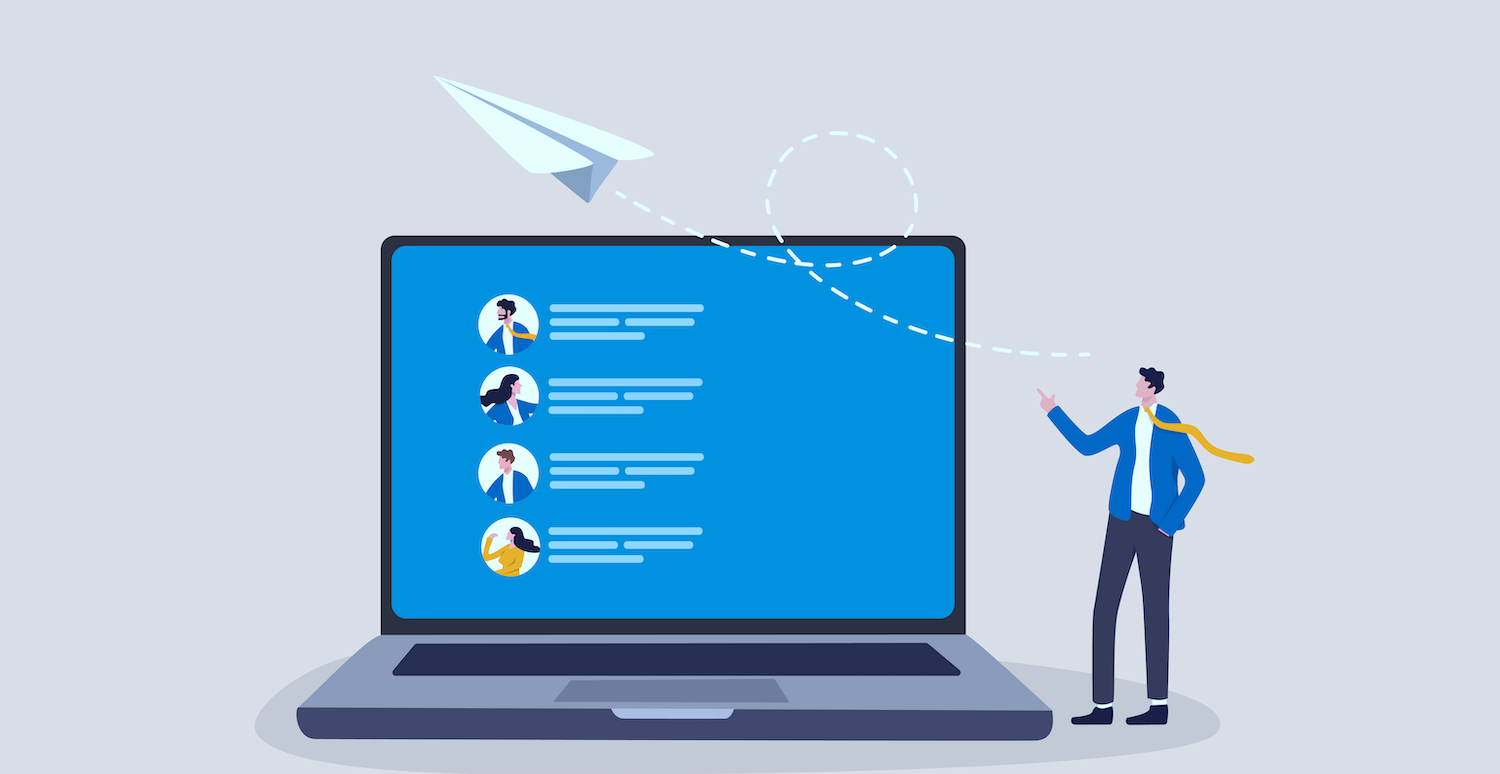Billing is Key to Your SaaS Business Growth
When dreaming of SaaS growth, you might not think of your billing system immediately. In the search for growth, your marketing and customer success...
2 min read
 Heikki Hirvensalo
:
Mar 1, 2022 12:45:00 PM
Heikki Hirvensalo
:
Mar 1, 2022 12:45:00 PM

The subscription economy has changed our business life forever. It has never been easier to onboard customers, but that comes at the price of having to work hard to maintain the client and to keep a positive Customer Lifetime Value (CLV). Let’s look into the deceptive simplicity of B2B SaaS billing, and how to manage the many changes required when maintaining a B2B contract over a longer-term customer relationship.

Contract changes are bound to happen in B2B SaaS, they are even expected and desired. Many companies onboard customers with freemium models or lower-end price plans, and the actual growth is performed as the contract evolves.
New pricing models, changing client needs, new features, and the dynamic client-supplier relationship, in general, all impact CLV. Moreover, the way you can proactively manage these changes will be critical for your profitability. Often, the profitability lies at the tail end of your contract life cycle.
As time-to-market is critical in the SaaS business, it is often said that roughly right is better than precisely wrong. Nothing could be further from the truth in your contract and billing process.
With pricing models that likely will change as your business evolves, contracts subject to customer negotiations, and lots of other open ends, you are about to create a headache for your administrator. What you need is a contract and billing setup that is both precisely right and flexible when things change over time.
So, what are the key elements you should take into consideration when you are looking to scale your B2B SaaS billing?
Ideally, your billing solution functions as a digital twin of your contracts. This allows you to model your contracts with full flexibility.
A subscription management platform for B2B also gives you full insight and transparency at all times of the lifecycle, including re-pricing. Being able to capture all aspects of your contract, along the full lifecycle, is what Good Sign is all about.

When dreaming of SaaS growth, you might not think of your billing system immediately. In the search for growth, your marketing and customer success...

Digital contract management has been around for a while now, and we have seen great and less great implementations. But there is a world beyond just...

You might not be aware, but according to EY* it is estimated that businesses leak about 1-5% of their EBITDA in revenue. Just like with any leak, it...